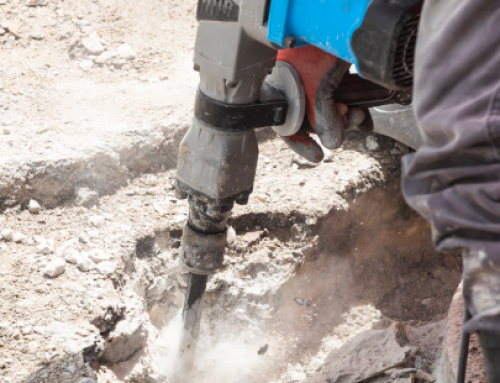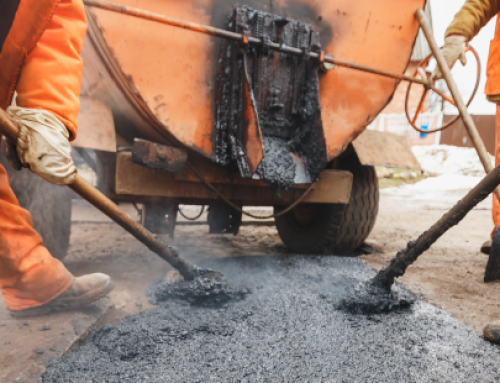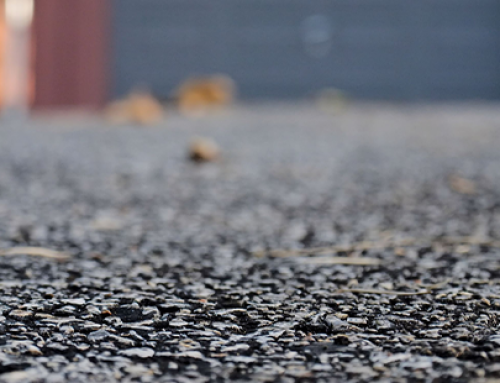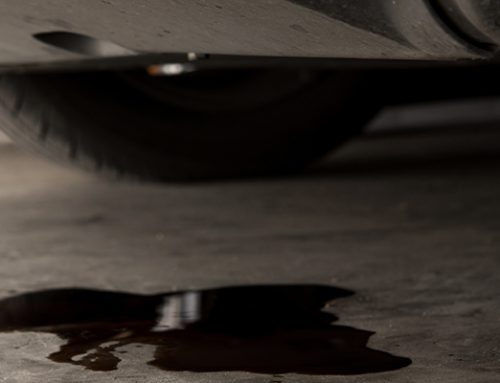When it comes to minor surface damage, the best repair option may be asphalt overlay. Overlays can be an ideal tool to upgrade your existing pavement’s structure. Let’s take a look at five frequently asked questions about asphalt overlay.
What Is Asphalt Overlay?
Essentially, an asphalt overlay is a patch job. It’s a paving method that applies a new layer of asphalt over the existing surface. Instead of completely tearing up an old asphalt surface, an asphalt overlay uses the existing layers as a base for the new asphalt pavement.
An overlay is usually done when you begin to see cracks or potholes form on your asphalt, but there’s not enough damage to need a full replacement. Any cracks on your asphalt will eventually show through the overlay, so it’s not a permanent fix for any underlying issues.
What are the Benefits of Asphalt Overlays?
- Seal shallow fatigue cracks
- Add strength to the existing structure
- Provide support for heavier loads
- Reduce the chance of stress failures in the bottom layer of asphalt
- Restore the proper slope
- Improve smoothness
How Long Does an Asphalt Overlay Last?
While asphalt overlay doesn’t last as long as brand new asphalt, it can add up to 15 years to the life of your pavement if it’s installed properly.
What’s the Difference Between Asphalt Overlay and Sealcoating?
The main difference between asphalt overlay and sealcoating is that an asphalt overlay is a fresh layer of asphalt patched over damaged pavement.
Sealcoating fills shallow cracks and prevents water from penetrating the asphalt under larger cracks. The shiny surface protects the asphalt from water, fluid spills, UV rays, and everyday wear and tear. Sealcoating should be done every 2-4 years to help prevent any other maintenance for decades. It’s the most cost-effective way to maintain asphalt for a long time.
How is Asphalt Overlay Applied?
- Asphalt Assessment – The first step is to determine if the asphalt surface is suitable for an overlay. If there is extensive structural damage like potholes, ruts, or root damage, the asphalt will need to be ripped up. If the asphalt surface isn’t draining water properly, it may not be suitable for overlay because it may need to be regraded to handle more water effectively.
- Asphalt Milling – An asphalt milling machine will grind up the top layer of asphalt to remove surface cracks or other damage. The top layer also needs to be removed to maintain a level surface and ensure an even bond when the new asphalt is applied.
- Base Repair – In areas where potholes, sinking, and rutting have formed, the base of an asphalt surface may need to be replaced. The base will be rebuilt using asphalt and aggregate to make sure a severe problem doesn’t form again.
- Pave Surface – After the existing asphalt surface has been prepared, the overlay can be paved on top. Typically, the amount of asphalt overlay is between 1.5” to 2” thick depending on the thickness of the existing surface.
Premium Asphalt Paving & Sealcoating proudly serves Bryan/College Station and the surrounding Brazos Valley. We offer a free on-site consultation, so we can assess the state of your asphalt surface and decide what needs to be done. Contact us today to schedule your free consultation. We look forward to meeting you and answering any questions you may have!








